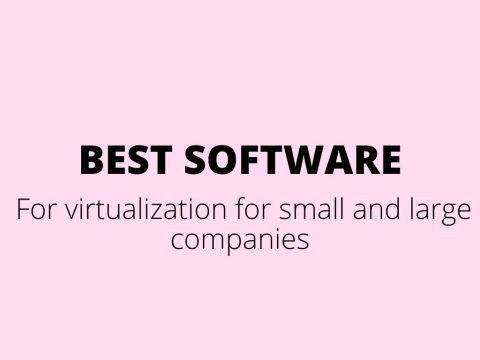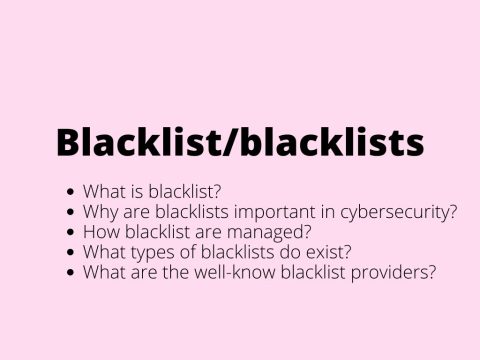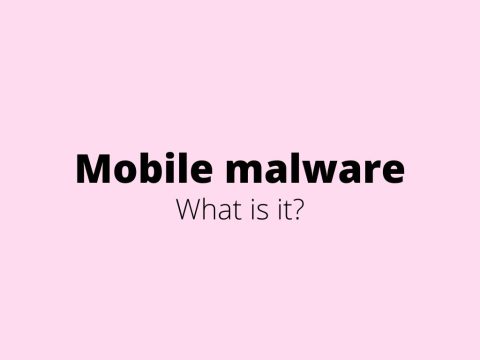Cybersecurity is the protection of systems, programs, and networks from digital attacks. This practice is used both by individuals and businesses to prevent unauthorised access to data centres and other computer systems.
An effective cybersecurity plan can provide a good security posture against hostile assaults intended to gain access, change, delete, destroy, or extort sensitive data and systems belonging to a business or user. Cybersecurity is also a tool used for preventing attacks that aim to disable or disrupt the operation of a system or device. Show more
Cybersecurity is the protection of systems, programs, and networks from digital attacks. This practice is used both by individuals and businesses to prevent unauthorised access to data centres and other computer systems.
An effective cybersecurity plan can provide a good security posture against hostile assaults intended to gain access, change, delete, destroy, or extort sensitive data and systems belonging to a business or user. Cybersecurity is also a tool used for preventing attacks that aim to disable or disrupt the operation of a system or device.
Cybersecurity is important because it covers everything related to protecting our data from being stolen and used to cause harm. This can be sensitive data, intellectual property, industry, government information, etc. It is crucial to have advanced cyber protection programs to secure this data. People rely on infrastructures like hospitals and other healthcare institutions, powerplants and financial service programs. We need these to keep our society running.
At an individual level, digital attacks can result in attempts of extortion or identity theft, which can do serious damage to that person’s life.
A successful cybersecurity strategy has many layers of protection spread across the computers, programs, networks, or data that it aims to keep safe. In an organisation, three main elements must complement each other to create an effective defence against cyberattacks. These elements are people, processes, and technology.
Attackers are always looking for new ways to evade defensive measures and make use of weaknesses. The latest cybersecurity threats take advantage of remote working environments, new cloud services and remote access tools. These evolving threats include:
Device farms are a form of mobile ad fraud in which fraudsters manually simulate user interactions, such as clicks, app installs, and other engagement activities, to fabricate the appearance of ...
Device farms are a form of mobile ad fraud in which fraudsters manually simulate user interactions, such as clicks, app installs, and other engagement activities, to fabricate the appearance of Read article →
Fraud has been a persistent issue throughout history, evolving with the advancement of technology, globalization, and the rise of complex financial systems. Today, fraud affects individuals, businesses, and governments alike, ...
Fraud has been a persistent issue throughout history, evolving with the advancement of technology, globalization, and the rise of complex financial systems. Today, fraud affects individuals, businesses, and governments alike, Read article →
Virtualization has revolutionized the way businesses manage and optimize their IT infrastructure. By creating virtual machines (VMs) and servers, organizations can run multiple operating systems and applications on a single ...
Virtualization has revolutionized the way businesses manage and optimize their IT infrastructure. By creating virtual machines (VMs) and servers, organizations can run multiple operating systems and applications on a single Read article →
A blacklist, also known as a blocklist, is a list of entities that are denied access or privileges to a certain service, system, or network due to malicious activity, non-compliance, ...
A blacklist, also known as a blocklist, is a list of entities that are denied access or privileges to a certain service, system, or network due to malicious activity, non-compliance, Read article →
Mobile malware is harmful software designed to infiltrate mobile phones and tablets through ads or apps. Its purposes include stealing sensitive data, misusing device functions, holding the device for ransom, ...
Mobile malware is harmful software designed to infiltrate mobile phones and tablets through ads or apps. Its purposes include stealing sensitive data, misusing device functions, holding the device for ransom, Read article →
Is your website's search results flagged with a notice suggesting it might be risky? Unfortunately, this indicates that your site has been added to Google's blacklist. Websites compromised by hacking ...
Is your website's search results flagged with a notice suggesting it might be risky? Unfortunately, this indicates that your site has been added to Google's blacklist. Websites compromised by hacking Read article →
Being blacklisted by a search engine is a prevalent issue for websites engaged in malicious internet activities. We have crafted an insightful piece on Google blacklisting, detailing the process of ...
Being blacklisted by a search engine is a prevalent issue for websites engaged in malicious internet activities. We have crafted an insightful piece on Google blacklisting, detailing the process of Read article →
Mobile malware is bad software made to get into mobile phones and tablets. It can come from ads or apps and does things like steal important information, use your device ...
Mobile malware is bad software made to get into mobile phones and tablets. It can come from ads or apps and does things like steal important information, use your device Read article →
Install hijacking is a type of trickery on mobile phones where bad software steals credit for an app being installed. It's a general term that covers things like "click injection", ...
Install hijacking is a type of trickery on mobile phones where bad software steals credit for an app being installed. It's a general term that covers things like "click injection", Read article →
Click hijacking is when bad people try to trick the system with mobile ads. They try to make it look like they were the reason an app was installed by ...
Click hijacking is when bad people try to trick the system with mobile ads. They try to make it look like they were the reason an app was installed by Read article →

Hi, my name is Michal Krčmář. I am digital entrepreneur currently based in Prague (Czechia). I’ve been working on websites and delivering online marketing campaigns as a commercially-focused freelancer since 2006 for big prestigious brands, worked in-house for many years as consultant, manager or director and run several own startups. I founded/co-founded several companies with annual turnaround around 10+ mio USD. When I am not actually working on my business I try to constantly pass on my broad experience through seminars and online training, I also organize company trainings and workshops.











List of comments
browser commented on: Search engine marketing can also be called what?
My partner and I stumbled over here different web address and thought I may as well check things…john commented on: Is launching your start-up quickly a good idea?
Launching quickly can help you gain early feedback and stay ahead in the market, but it’s important not…Launa commented on: Rug Pull - what is it and how to catch a Rug pull?
A vibrant community is at the heart of (spam). The platform includes forums and social features that allow…Blocked user commented on: For accurate targeting, assets are organized into ad groups that have shared topics most often related to which of the following? (Choose three.) Select All Correct Responses
you are in point of fact a just right webmaster. The sitе lօading veⅼodity is amazіng. Ιt sort…